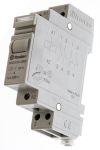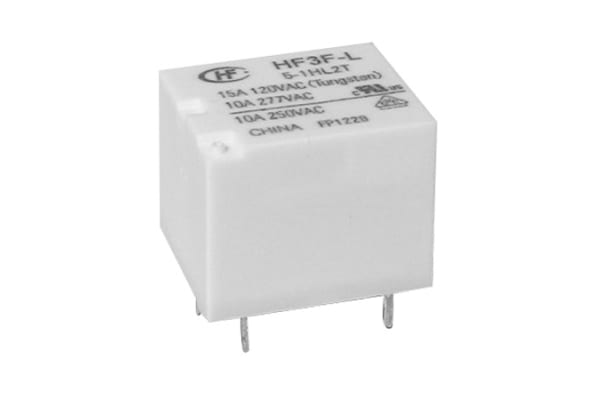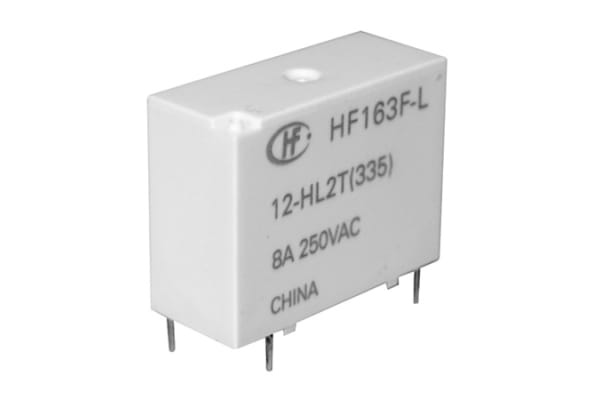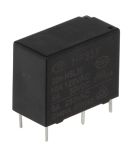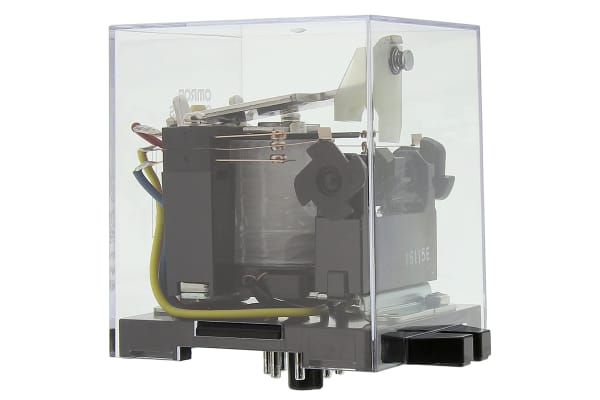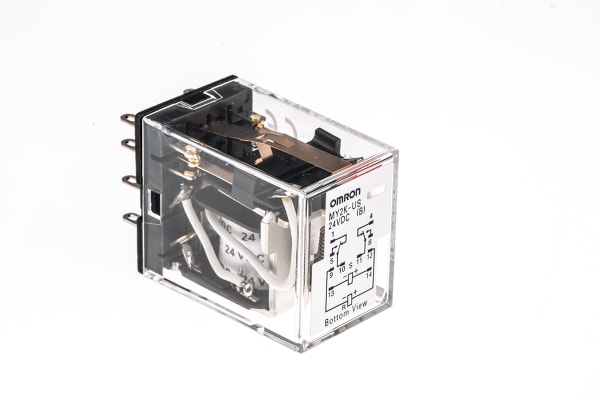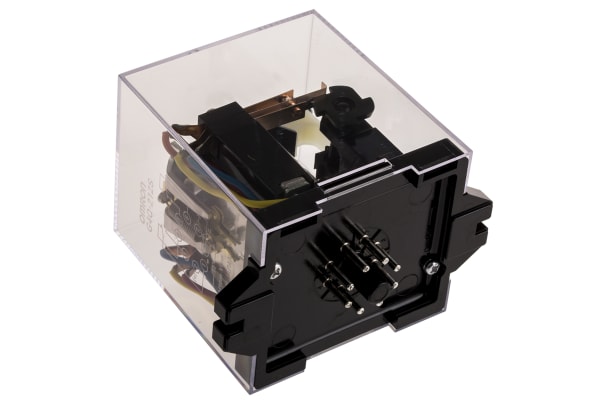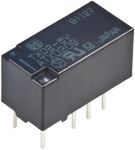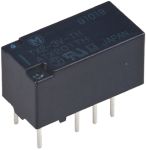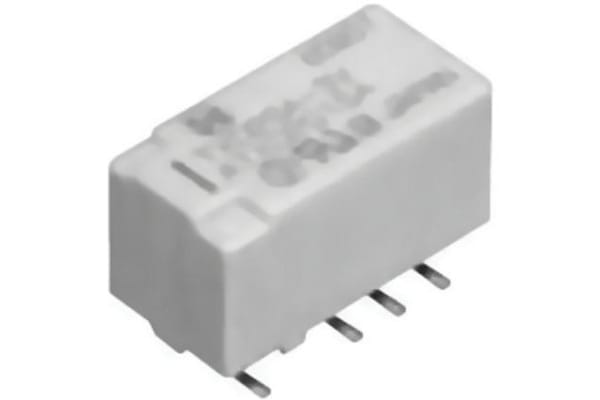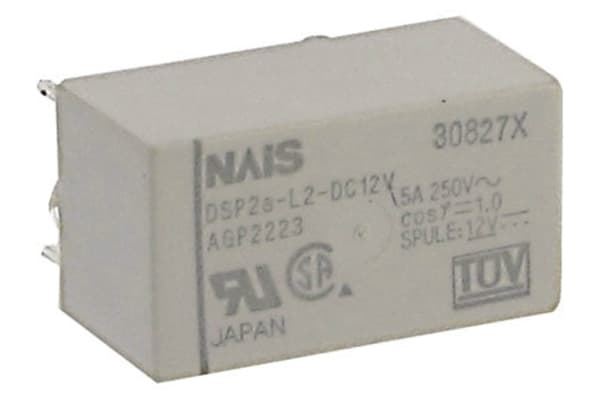Latching Relays
A latching relay is similar in design and function to a standard general-purpose relay. However, there is one main difference with a latching relay, in that the latching relay will remain in the last position of which it was powered.What is the difference between latching and non-latching relays?Both types of relays in similar in design and function, however, a significant difference between them is that a latching relay will remain in the last position it when it was last powered, whereas a non-latching goes back to its normal position. This makes each more type of relay suitable for different applications.Common ApplicationsLatching relays are used in a wide range of switching applications across many different types of environments and sectors. Some of the more common control circuits are telecommunication equipment, data processing equipment, alarms and security, measuring equipment and electronics designs.Considerations when selecting a relayWhen choosing a relay, it is important to consider a number of specifications to ensure it is fit for purpose, some factors include:Coil voltage – the required voltage to actuate the switching mechanism. If a voltage is too high this could damage the components, if it is too low then it will not actuateContact configuration – This is the state the contacts are in without power. For example SPST, single pole single throwContact material – the relay contacts are available in many materials that have certain properties. Common materials are gold, silver, tin oxide and nickelCoil power – the amount of power (watts) the coil operates at. This must match the power in the circuit for correct functionCoil resistance – the amount of resistance (ohms) in the circuit that the coil creates
-
Finder DPST 12V dc Latching Relay, 16A DIN Rail
IDR520,988.63 -
Finder DPST 230V ac Latching Relay, 16A DIN Rail
IDR508,192.05 -
Finder DPST 24V dc Latching Relay, 16A DIN Rail
IDR513,436.55 -
Finder SP-NC, SP-NO 230V ac Latching Relay, 16A DIN Rail
IDR514,170.78 -
Finder SP-NC, SP-NO 24V dc Latching Relay, 16A DIN Rail
IDR547,525.80 -
Finder SPNO 24V dc Latching Relay, 16A DIN Rail
IDR424,594.72 -
Hongfa Europe GMBH DPDT 12V dc Latching Relay, 3A PCB Mount
IDR99,960.17Pack (1 Pack of 2) -
Hongfa Europe GMBH SPDT 5V dc Latching Relay, 10A PCB Mount
IDR95,974.35Pack (1 Pack of 2) -
Hongfa Europe GMBH SPNO 12V dc Latching Relay, 10A PCB Mount
IDR167,194.66Pack (1 Pack of 2) -
Hongfa Europe GMBH SPNO 12V dc Latching Relay, 15A PCB Mount
IDR78,143.05Pack (1 Pack of 2) -
Hongfa Europe GMBH SPNO 24V dc Latching Relay, 10A PCB Mount
IDR98,701.49Pack (1 Pack of 5) -
Hongfa Europe GMBH SPNO 24V dc Latching Relay, 20A PCB Mount
IDR58,948.18 -
Omron DPDT 220V ac Latching Relay, 5A Plug In
IDR2,197,550.39 -
Omron DPDT 24V dc Latching Relay, 3A Plug In
IDR450,922.11 -
Omron DPDT 24V dc Latching Relay, 5A Plug In
IDR2,942,688.95 -
Omron SPNO 3V dc Latching Relay, 16A PCB Mount
IDR65,241.58 -
Panasonic DPDT 12V dc Latching Relay, 1A PCB Mount
IDR70,800.75 -
Panasonic DPDT 12V dc Latching Relay, 2A PCB Mount
IDR2,378,170.97Tube (1 Tube of 40) -
Panasonic DPDT 12V dc Latching Relay, 3A PCB Mount
IDR191,004.69 -
Panasonic DPDT 3V dc Latching Relay, 7.5A PCB Mount
IDR74,471.90 -
Panasonic DPDT 3V dc Latching Relay, 7.5A Surface Mount
IDR86,009.80 -
Panasonic DPDT 5V dc Latching Relay, 2A PCB Mount
IDR50,661.87 -
Panasonic DPDT 5V dc Latching Relay, PCB Mount
IDR40,592.43 -
Panasonic DPST 12V dc Latching Relay, 5A PCB Mount
IDR110,344.28



